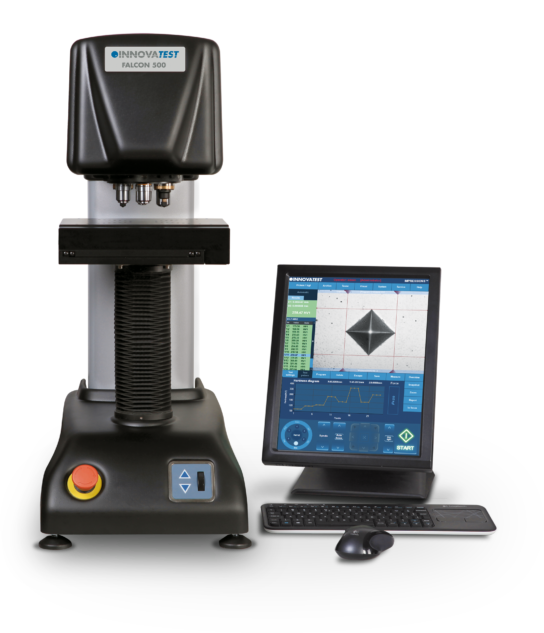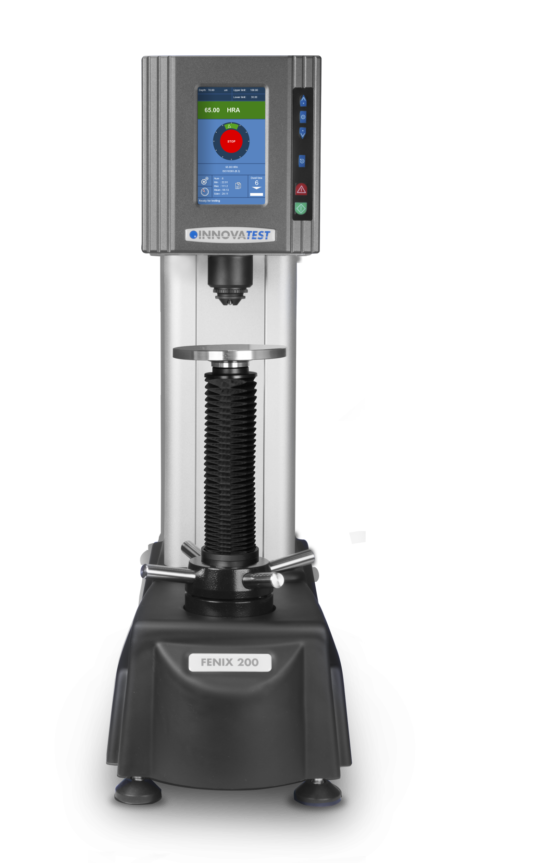Hardness Test: Definition

A substance’s hardness is a gauge of its resistance to plastic or permanent deformation, instigated by either indentation, wear, tear scratch, or mechanical abrasion. Therefore, a hardness test is the mechanical examination of a material to measure its resistance to invariable deformation through penetrating a harder substance. The basic importance of carrying out hardness testing is to establish the suitability of any given material for a particular task or the specific treatment through which the item has been subjected. Some substances like metals are harder than the others (e.g., wood and plastics) when a test is carried out. However, hardness is not the primary property of a substance.

Types of Hardness Measurements
There are three major categories of hardness measurements. These include:
1. Indentation Hardness
This type of hardness evaluates a specific material’s resistance to deformation caused by persistent compression weight from a sharp item. Evaluations for indentation hardness are mainly used in the field of engineering and metallurgy. The test operates on the fundamental assumption of gauging an indentation’s key dimensions created by a loaded indenter. The common scales for measuring indentation hardness are the Vickers test, Shore experiment, Rockwell, and Brinell.

2. Scratch Hardness
Scratch hardness is the scale of how resistant an object is to fractures or constant plastic distortion due to friction from a sharper item. The theory behind it is that an item made of a harder substance will scratch an item made from a softer material. The main test for scratch hardness is the ‘Mohs scale,’ utilized for mineralogy.
3. Rebound Hardness
Also referred to as ‘dynamic hardness,’ the rebound hardness evaluates the elasticity of a material used to make an object. A scleroscope is used to measure this type of hardness.


